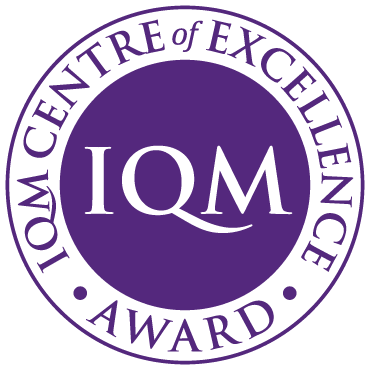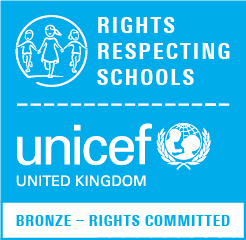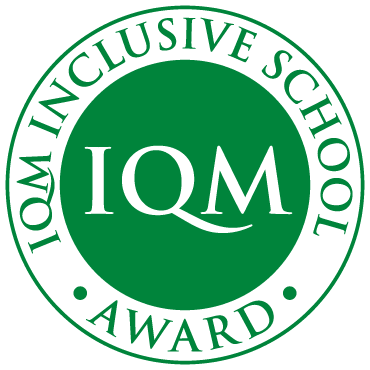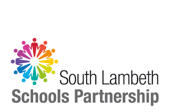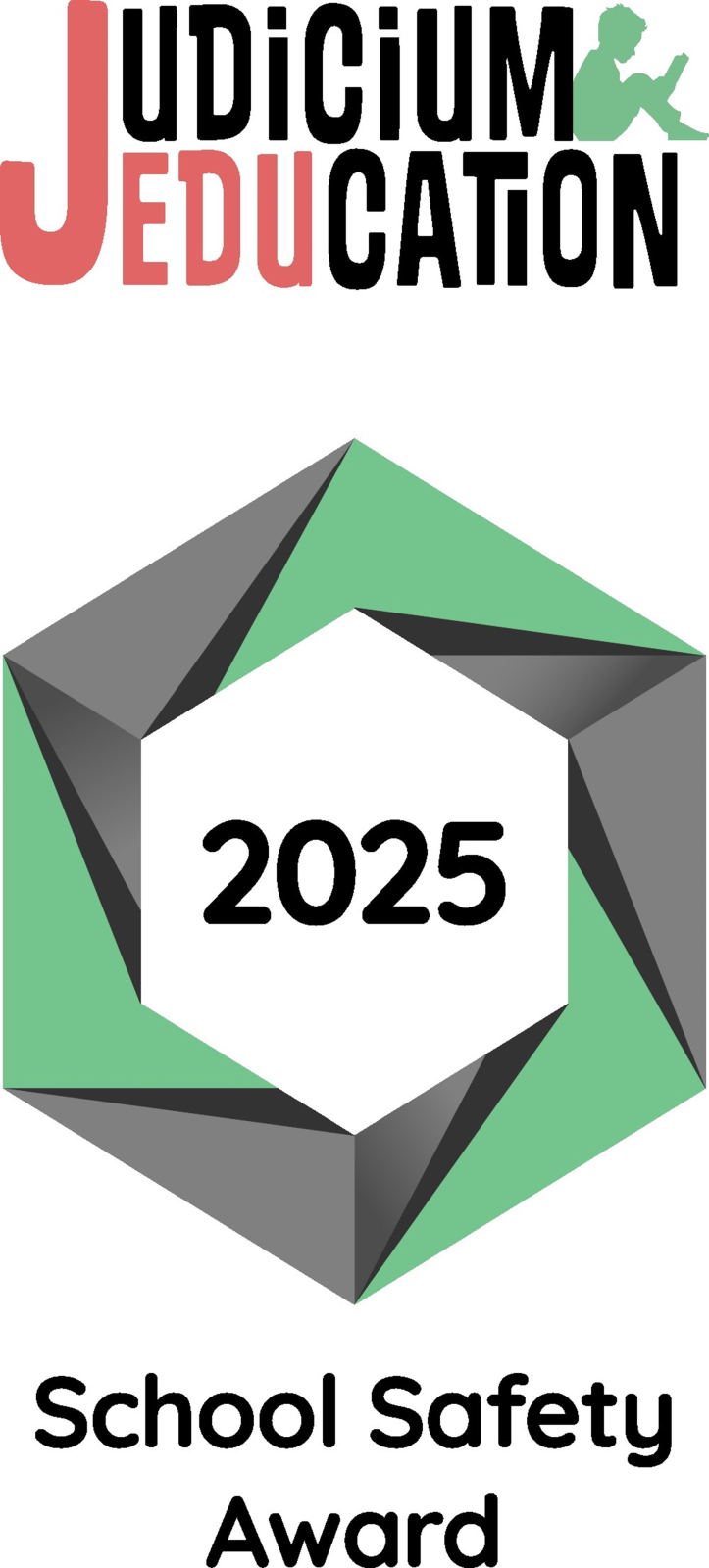Why do we assess?
Assessment provides valuable information to help children, teachers, parents and school leaders to acknowledge, analyse and review achievements and progress in learning against age related expected standards. Assessments are then used to inform planning in order to support our children to maximise their potential.
When do we assess?
Schools are required to continuously assess children formally (by testing) and informally (by using ongoing teacher judgement) as they progress through the curriculum within the academic year. Children are assessed against the Early Learning Goals at the end of Reception, tested in Phonics at the end of Y1 and in Multiplication Tables in Year 4. Statutory national curriculum tests (SATs) are carried out at the end of Key Stages 2 (Year 6).
We use three broad overarching forms of assessment: day-to-day in-school formative assessment, in-school summative assessment and nationally standardised summative assessment.
In-school formative assessment
Formative assessment takes place on a day-to-day basis during teaching and learning, allowing teachers and pupils to assess attainment and progress more frequently. Formative assessments may be questions, tasks, quizzes or more formal assessments such as a times table test or a longer piece of writing.
In-school summative assessment
Summative assessment sums up what a pupil has achieved at the end of a period of time, relative to the learning aims and the relevant national standards. The period of time may vary, depending on what the teacher wants to find out. There may be an assessment at the end of a topic, at the end of a term or half-term, at the end of a year or, as in the case of the national curriculum tests, at the end of a key stage.
A summative assessment may be a written test, an observation, a conversation or a task. It may be recorded through writing, through photographs or other visual media, or through an audio recording.
Nationally standardised summative assessment
Nationally standardised assessments will be used to provide information on how our children are performing in comparison to children nationally.
Arbor
We use Arbor to support our assessment model where children continue to be assessed against governmentally determined age-related expectations. On Arbor, children are assessed termly in Reading, Writing and Maths as 'Expected' (EXS), 'Working Towards' (WTS), 'Greater Depth' (GDS), 'Below' (BLW) or 'Significantly Below' (SBLW).
Significantly Below: Pupil is working outside of the key stage they are currently in, i.e. a Year 5 child working at a Year 1 level.
Below: Pupil is working outside of the year expectations.
Working Towards: Pupil is secure in some aspects of the year expectations but is not yet working at the expected standard.
Expected: Pupil is secure in almost all of the end of year expectations and is able to use and apply their knowledge and skills confidently.
Greater Depth: Pupil is working above the expectations for their year.
Children who are assessed as Greater Depth at their current year group age band will not move on to the programmes of study for the next band but will be encouraged to add more depth and breadth to their knowledge. They will have opportunities to develop their 'using and applying' skills. On the other hand, children who struggle to meet age-related expectations may work towards the expectations from the stage below.
It is important to note that what constitutes as working below, at or above age related expected standards changes throughout the year as more of the curriculum is taught.





